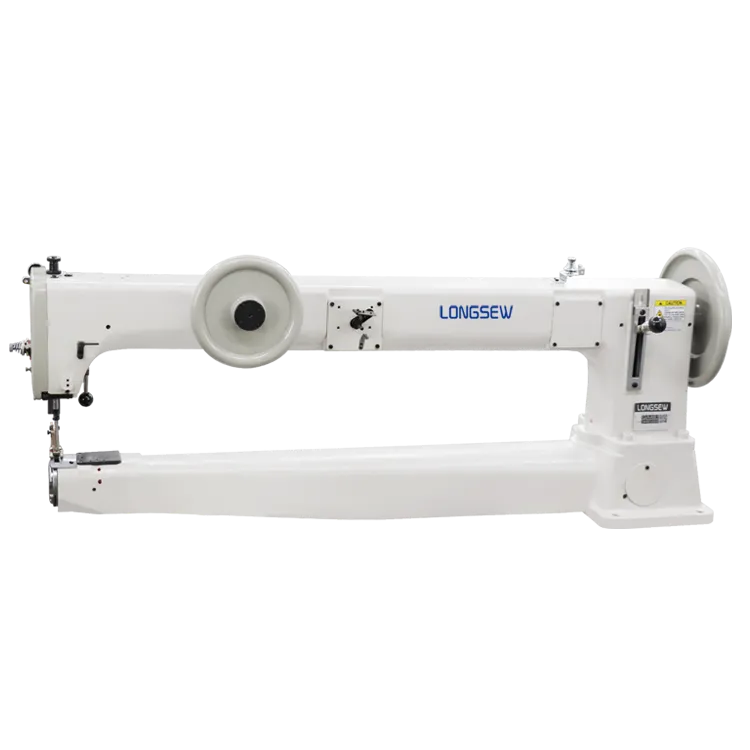sewing machine for rugs
Finding the Perfect Sewing Machine for Rugs A Comprehensive Guide
Sewing machines have revolutionized the way we create, repair, and enhance our textile projects. Among the myriad of uses, sewing machines for rugs stand out due to their ability to handle thick materials and robust stitching requirements. Whether you are a seasoned crafter or a novice looking to personalize your home decor, selecting the right sewing machine for rug-making is crucial. This article explores the essential features to consider, the types of machines available, and tips for achieving the best results.
Understanding the Requirements for Rug-Making
Rugs come in various materials, such as cotton, wool, polypropylene, and jute, each demanding specific handling and stitching techniques. Given the thickness and density of these fabrics, a standard sewing machine might struggle. Therefore, it is vital to look for machines specifically designed for heavy fabrics or those that can accommodate thicker threads and needles.
Key Features to Look For
1. Heavy-Duty Build A sturdy construction is essential for durability. Look for machines made with solid metal frames that can withstand the rigors of sewing thick materials.
2. Powerful Motor A strong motor not only ensures smooth operation but also helps in navigating through multiple layers of fabric. A machine with at least 1.0 amp motor is recommended for rug-making.
3. Adjustable Presser Foot Pressure This feature allows you to modify the pressure applied by the presser foot, making it easier to work with thicker materials. Proper foot pressure is crucial for ensuring even stitching.
4. Wide Throat Space A larger throat space (the area between the needle and the body of the machine) is invaluable for maneuvering bulky fabric. This feature allows for more freedom of movement, which is particularly important when working with large rugs.
5. Versatile Stitch Options While straight and zigzag stitches are the most commonly used for rugs, having additional options can enhance your designs. Look for machines that offer decorative stitches for added creativity.
6. Easy-to-Use Controls A user-friendly interface is paramount, especially for beginners. Ensure that the sewing machine has easily accessible knobs and buttons for adjusting stitch length, width, and tension.
sewing machine for rugs

7. Walking Foot Attachment This is particularly beneficial for sewing multiple layers of fabric uniformly. A walking foot helps to evenly feed the fabric through the machine, which is essential when working with rugs.
Types of Sewing Machines Suitable for Rugs
- Heavy-Duty Sewing Machines These are specifically designed to handle thick fabrics and are typically equipped with strong motors and robust builds.
- Industrial Sewing Machines Ideal for those who plan on sewing large quantities of rugs, industrial machines are built for speed and strength.
- Serger Machines These machines can finish the edges of your rugs, preventing fraying and creating professional-looking hems. However, they may not be suitable for sewing all types of rug materials.
Tips for Successful Rug Sewing
1. Choose the Right Needle Use a heavy-duty or denim needle that can penetrate thick materials without breaking.
2. Use Appropriate Thread Opt for polyester or nylon threads known for their strength and durability, especially for rugs that will experience heavy foot traffic.
3. Practice on Scraps Before diving into your rug project, practice your stitching on scrap pieces of similar materials to get comfortable with your machine settings.
4. Maintain Your Machine Regularly clean and oil your sewing machine to keep it functioning smoothly, especially after tackling heavy projects.
In conclusion, selecting the right sewing machine for rug-making can make all the difference in the sewing experience and the final product. By considering the essential features and types of machines available, you're well on your way to crafting beautiful and durable rugs that enhance your home. Embrace your creativity, and happy sewing!
-
Heavy Duty Leather Sewing Machine: A Must-Have for Professional LeatherworkNewsMay.28,2025
-
Leather Sewing Machine: Essential for High-Quality LeathercraftNewsMay.28,2025
-
Extra Heavy Duty Sewing Machine for Premium Leather ApplicationsNewsMay.28,2025
-
Walking Foot Cylinder Arm Sewing Machine: Precision and Power CombinedNewsMay.28,2025
-
Industrial Cylinder Arm Sewing Machine: Engineered for High-Performance StitchingNewsMay.28,2025
-
Cylinder Bed Sewing Machine: A Powerful Solution for Precision StitchingNewsMay.28,2025
-
Zigzag Sewing MachineNewsMay.12,2025





























